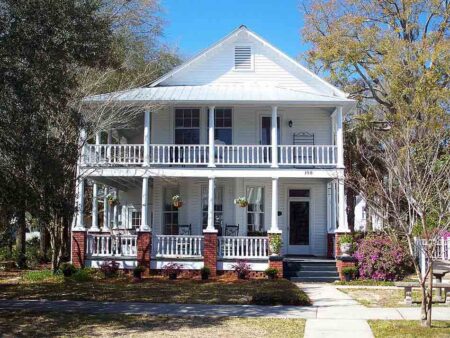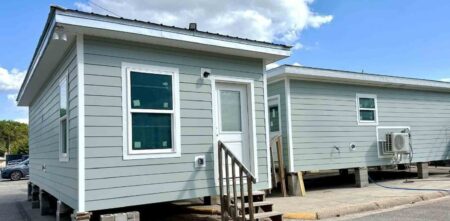The hot summer months can provide vivid color in your landscape if you select and plant the right plants. And the following fairly easy to grow plants are described in today’s article by David Marshall, retired University of Florida Extension Agent.
Daylilies are not foolproof but they are well suited to North Florida’s climate. There are many types of daylilies, in multiple colors, shapes and sizes. They will grow in full sun or partial shade. Some flower repeatedly during the flowering season. Daylily rust can be a recurring, bothersome disease in some situations.
Butterfly bush or Buddleia is so named because of its attractiveness to butterflies. Butterfly bush has flowers in shades of pink, purple, blue or white, depending on the cultivar. Most cultivars grow to a height of about four feet with an equal spread. Butterfly bush grows best in full sun but will still flower in filtered sunlight.
‘Homestead Purple’ verbena is one of the toughest perennials around. The flowers are vibrant purple and the growth habit of the plant is that of a spreading groundcover. Full sun is needed for flowering. Other perennial verbenas are available in pink and white.
Lantana is a tough perennial for our area. Lantana comes in either groundcover types or bush types. Flowers vary from bright gold to orange to magenta, depending on the cultivar, and some have variegated foliage. Lantana is very attractive to butterflies. It needs full sun to flower well.
The old, wild type of lantana that produces berries or seeds is somewhat of a problem because of its invasiveness. Berry-producing types have the potential problem of seeding and taking over habitat from native plants. However, some of the newer lantana cultivars that don’t produce seed should not be a problem in terms of invasiveness.
Jacobinia (Justicia carnea) is a perennial that flowers well in shade. The most common jacobinia has pink, plume-shaped flowers. But there is a white-flowering form. Jacobinia grows to two or three feet tall.
Purple coneflower (Echinacea purpurea) is a native perennial with flowers that are actually more pink than purple. The centers of the flowers are gold-colored cones, thus giving the flower its common name. Purple coneflowers grow two to three feet tall. They flower best in full sun but will tolerate a little shade. There are many new coneflower cultivars with an almost rainbow of colors from which to choose.
There are many species and hybrids of salvias that can be grown as perennials here. Based on the cultivar, there are many flower colors, including red, blue to purple and yellow.
Larry Williams, UF/IFAS Extension Agent, Okaloosa County, July 10, 2014
Thank you for visiting our Web site! Please take a look at our Home Page for more local coverage of life in the Nicest Little City in the South.




